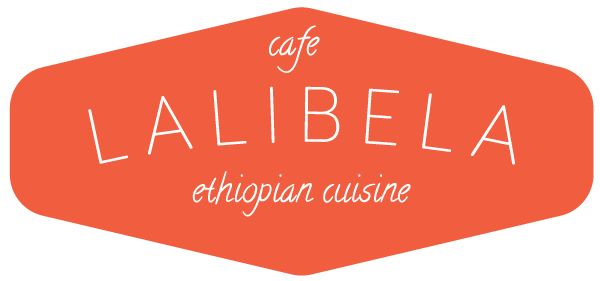Injera is more than just a flatbread in Ethiopian cuisine—it is the foundation of every meal and an essential part of the dining experience. At Café Lalibela, injera takes center stage, serving not only as a base for our flavorful dishes but also as a utensil to scoop up stews, vegetables, and meats. This spongy, slightly tangy flatbread has a unique taste and texture that makes it unlike any other bread in the world. In this blog, we’ll dive into what makes injera so special, how it’s made, and why it’s an indispensable part of Ethiopian cuisine.
What is Injera?
Injera is a traditional Ethiopian flatbread with a spongy texture and a tangy flavor, thanks to the fermentation process involved in its preparation. It is made primarily from teff, a tiny, nutrient-rich grain native to Ethiopia. Teff is naturally gluten-free and packed with essential nutrients like iron, calcium, and protein, making injera not only a delicious addition to any meal but also a nutritious one.
At Café Lalibela, we offer two types of injera to cater to different dietary preferences:
- Injera: Made from a blend of teff, barley, and wheat, this version has a balanced flavor and is slightly lighter in texture. It pairs perfectly with the robust flavors of our stews and dishes.
- 100% Teff Injera: For those seeking a gluten-free option, our 100% teff injera is the way to go. It offers the same delightful tang and spongy texture, making it a versatile choice for anyone with gluten sensitivities.
The Cultural Significance of Injera
In Ethiopia, injera is more than just food—it’s a symbol of community and togetherness. Meals in Ethiopia are typically shared from a communal platter, with injera laid out as the base. Various stews, known as wats, are placed on top, and diners gather around, tearing off pieces of injera to scoop up the different dishes. This communal way of eating fosters a sense of unity and connection, as everyone shares the same meal from the same platter.
Injera also plays a vital role in religious and cultural ceremonies. It is often used in feasts, celebrations, and rituals, symbolizing abundance and the sharing of blessings. At Café Lalibela, we strive to bring this sense of community to our dining experience, encouraging our guests to share and enjoy their meals together, just as it’s done in Ethiopia.
How Injera is Made
The process of making injera is both an art and a science, requiring patience and skill. The batter is made by mixing teff flour with water and allowing it to ferment for several days. This fermentation process is what gives injera its characteristic tangy flavor and creates the bubbles that form the bread’s unique spongy texture.
Once the batter is ready, it’s poured onto a large, flat griddle called a mitad and cooked until it’s done. The result is a large, round flatbread with a soft, pliable texture and a slightly sour taste. Making injera requires practice, and the process has been passed down through generations in Ethiopia, making it a deeply rooted cultural tradition.
Enjoying Injera at Café Lalibela
At Café Lalibela, injera is the foundation of every dish we serve. Whether you’re enjoying a spicy doro wat, a hearty misir wat, or a selection of our vegan dishes, injera is always there to enhance the flavors and provide a satisfying, textural contrast. The beauty of injera lies in its versatility—it complements the bold, spicy flavors of Ethiopian cuisine while also standing out as a delicious component on its own.
We also encourage our guests to embrace the traditional Ethiopian way of eating by using injera as their utensil. Tear off a piece of injera, scoop up a bit of stew or vegetables, and enjoy the perfect combination of flavors and textures. This method of eating not only adds to the authenticity of the experience but also makes the meal more interactive and enjoyable.
Bringing Injera Home
For those who want to bring the experience of eating injera home, Café Lalibela offers injera for purchase. Our injera, made fresh daily, allows you to recreate the authentic taste of Ethiopian cuisine in your own kitchen. Pair it with your favorite Ethiopian dishes, or get creative and use it as a base for other types of meals. The possibilities are endless.
Conclusion: The Heart of Ethiopian Cuisine
Injera is not just a bread—it’s the heart and soul of Ethiopian cuisine. Its unique texture, tangy flavor, and cultural significance make it an indispensable part of every meal. At Café Lalibela, we are proud to share this staple of Ethiopian culture with our guests, offering them a taste of tradition with every bite.
We invite you to visit Café Lalibela and experience the joy of eating with injera. Whether you’re a long-time fan of Ethiopian food or trying it for the first time, injera offers a delicious and meaningful way to connect with the rich culinary heritage of Ethiopia. Come and discover why injera is truly the heart of Ethiopian cuisine.

Recent Comments